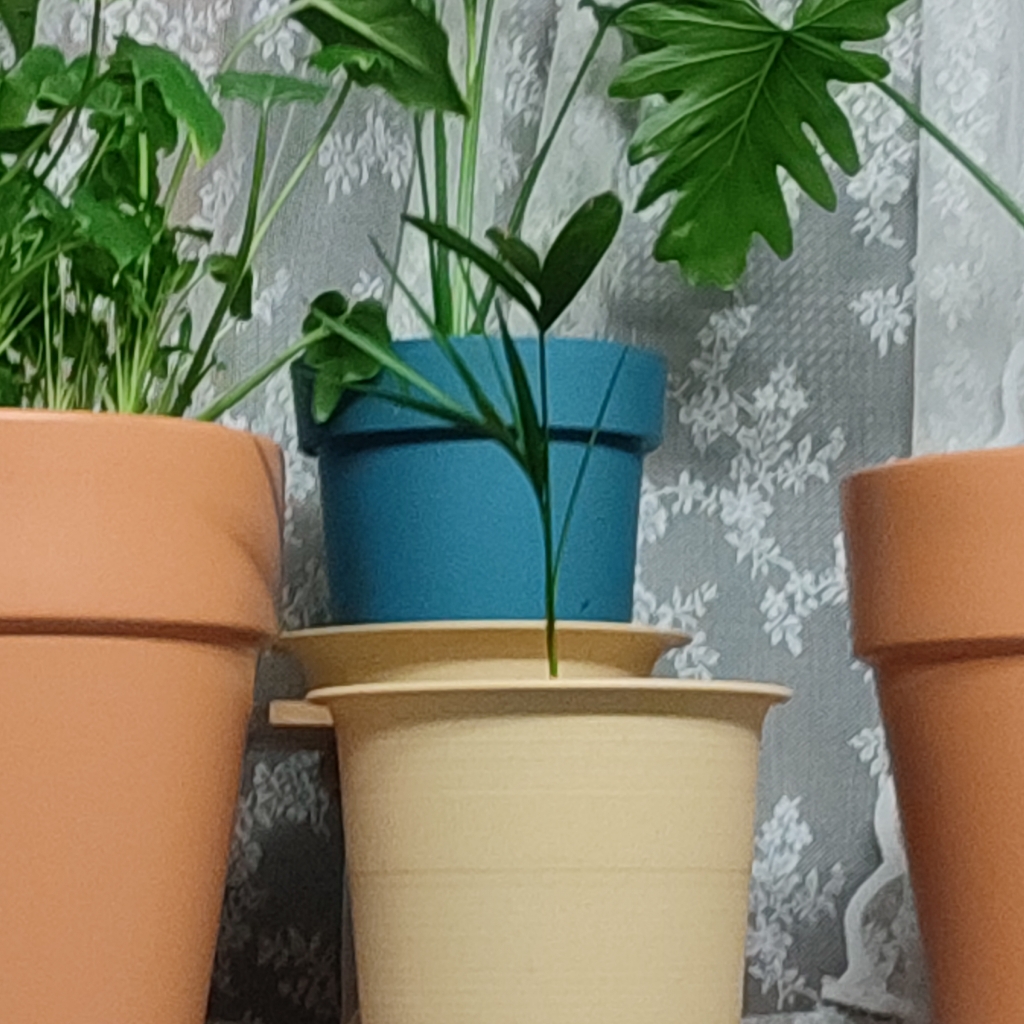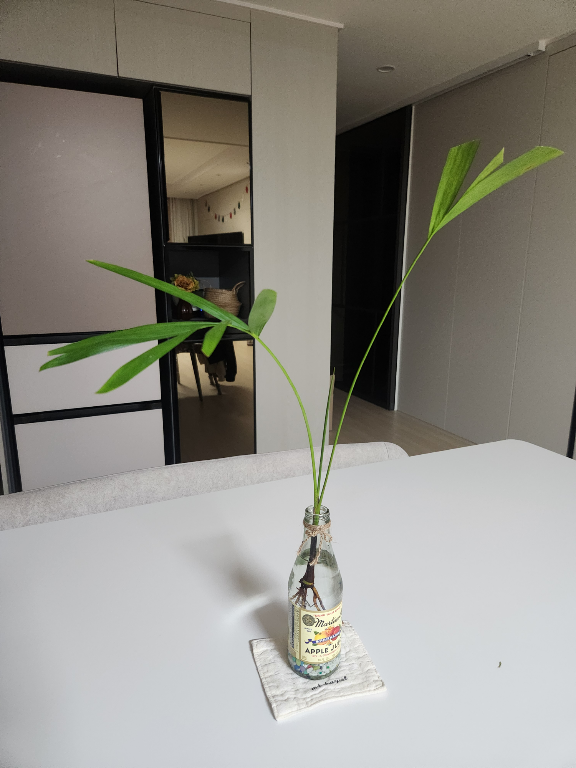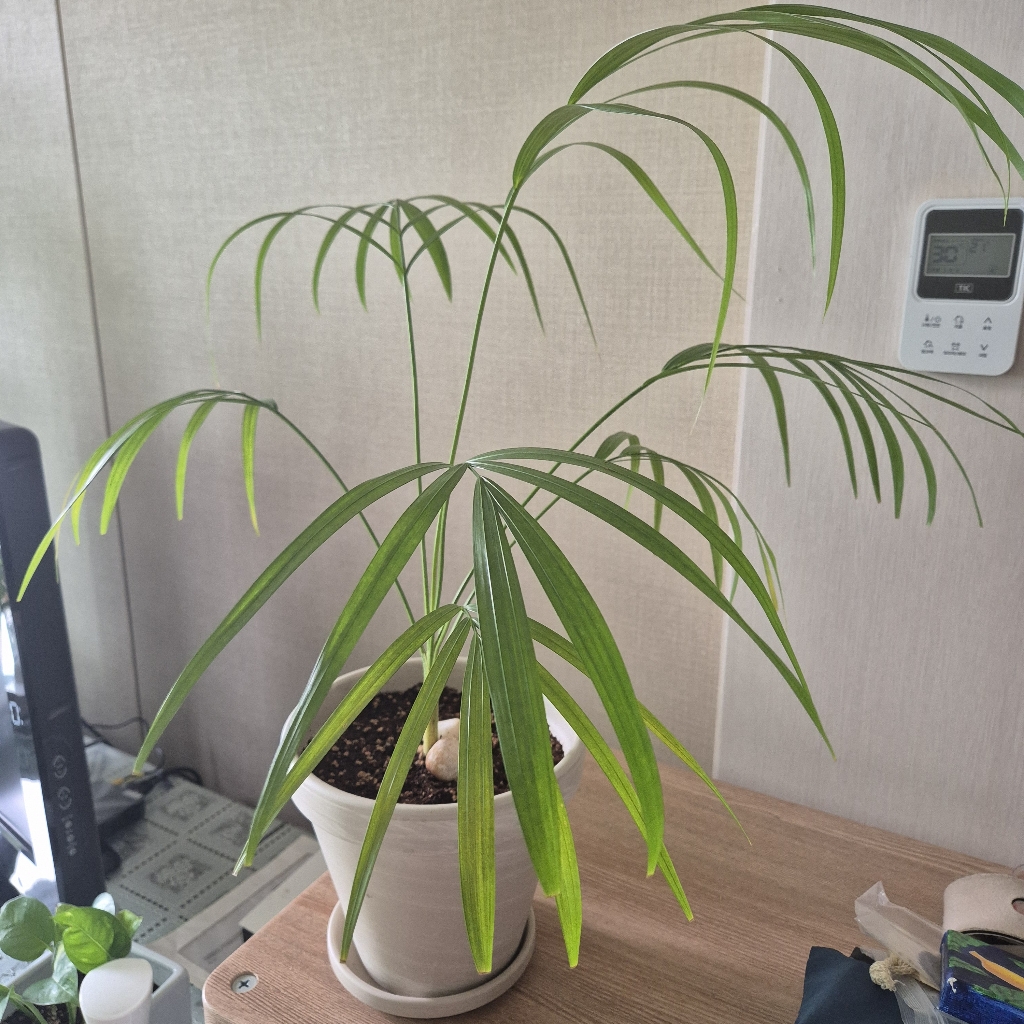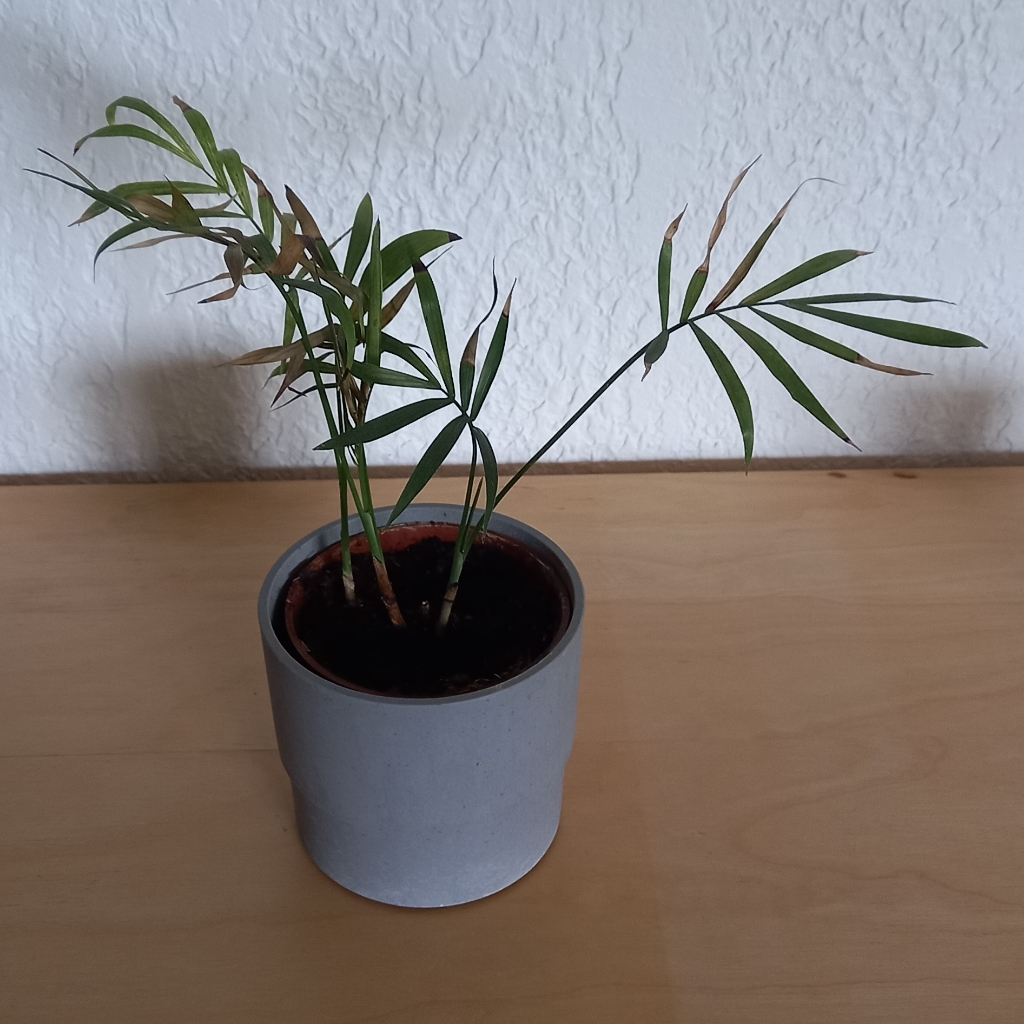How to grow and care for Dypsis lutescens
plant care guide about watering, fertilizing, trimming, repotting, cutting, propagating Dypsis lutescens
Dypsis lutescens 101 - Plant Care Instructions
Bright direct light
21C° ~25C°
Every 7 days
Growth Observation wiki
💬 Gardener's know-how
Botany Encyclopedia
Species : Dypsis lutescens
🔖 Care Tips
Hydroponic cultivation is possible. 1. Gently shake off the soil from the roots and stabilize them with materials like hydro balls to ensure stable growth. 2. Submerge only 50-60% of the roots in water to allow them to breathe. 3. Use water that has been left out for a day, and opt for an opaque container instead of a transparent one to prevent temperature fluctuations that can harm the roots. 4. Change the water every 7-14 days regularly. When practicing hydroponics, always keep the water clean and ensure only the roots, not the base, are submerged. Remove wilted leaves cleanly. Although hydroponics is possible, it is recommended to transplant into soil after 6-12 months.
🏝️ Habitat Conditions
Native to Madagascar. It primarily thrives in humid and warm forests. It is sensitive to cold and cannot survive outdoors during winter.
🪨 Soil Mix
It is best to plant in well-draining soil. A common mix ratio is 40% potting soil, 20% bark, 20% leaf mold, 10% perlite, and 10% charcoal. This can vary depending on conditions and environment.
🌡️ Environment
Temperature: Maintain between 18-25°C, with a minimum of 10°C. Humidity: Adapts well to normal indoor humidity of 40-70%, but higher humidity promotes healthier leaves. Ensure good air circulation to prevent mold and pests in high humidity.
👀 Characteristics details
When growing multiple plants together, overlapping leaves can hinder airflow and light exposure, so it's best to prune these areas. If there are many branches leaning to one side, install a support to prevent them from tilting.
☀️ Light
It can tolerate direct sunlight for a short time, but it's better to receive indirect light for longer periods. If the light is too strong, the leaf tips or the entire leaf may turn yellow. If the leaf tips turn yellow, it's best to move the plant to a less bright environment.
💧 Water
Water the plant when the surface soil is dry. If using tap water, let it sit for 1-2 days to allow chlorine to evaporate, as chlorine can cause leaf tips to turn black. If leaves are limp and bending, it may be due to lack of water or dry air; water the plant or mist to increase humidity. If leaves are turning black overall, it may be due to overwatering; stop watering and ensure good air circulation or consider repotting.
🌱 Propagate
Repotting in spring and dividing the plant is a common method of propagation.
🪴 Repot
Repot every 1-2 years due to fast growth.
💊 Fertilize
Using fertilizer once during the growing season from spring to summer, while adhering to the recommended amount, can promote more vigorous growth. If yellow spots appear on the leaves without any pests or diseases, it may indicate a nutrient deficiency. In such cases, using liquid fertilizer, which acts faster than solid fertilizer, is advisable.
🌺 Flower
The flowering period is in summer with yellow blooms, but it's difficult to see flowers indoors. Providing plenty of light and maintaining a humid environment may encourage blooming.
water
How to water Dypsis lutescens
How often should I water?
check Dypsis lutescens Every 7 days if it needs water when it’s very cold (below 5℃), water less frequently
When do I need to water?
the top 2-3 inches of soil is dry
Light & Location
How much light does a Dypsis lutescens need?

Bright direct light
Bright indirect light
Medium
Grow light
Light preference
Dypsis lutescens likes Bright direct light, Bright indirect light, Medium, Grow light day. The brighter the space, the better this plant grows.
Check if there’s an optimal place in your house!
This plant prefers
800 ~ 20K lux to thrive!
0
20K~
800
20K
Temperature
Houseplants
-15
21~25℃
45
Plants that grow in the wild and those that grow indoors prefer different temperatures. If you grow Dypsis lutescens at home, make sure the temperature is 21~25℃.
Humidity
Ideal humidity
0
40~70%
100
Dypsis lutescens prefers humidity about 40~70%. If necessary, increase humidity by misting, humidifier.
Fertilize
Collective Knowhow
When should I fertilize?
Only when your plant is healthy
How frequently should I fertilize?
1-2 times in growing season. A pinch for a small pot.
Characteristic
The taxonomic classification of Dypsis lutescens is as follows. - Kingdom: Plantae, Phylum: Tracheophyta, Class: Liliopsida, Order: Arecales, Family: Arecaceae, Genus: Dypsis, Species: Dypsis lutescens
| Characteristic Name | Characteristic Value |
|---|---|
| Habitat | Africa |
| Taxonomy Name | Taxonomy Value |
|---|---|
| Phylum | Tracheophyta |
| Class | Liliopsida |
| Order | Arecales |
| Family | Arecaceae |
| Genus | Dypsis |
| Species | Dypsis lutescens |
Is your plant sick?
Track what happened. We’ll let you know the cause and treatment shortly!





1:1 Expert Help
You’ll get professional feedback within 24 hours from an expert on our team.
feedback will include













